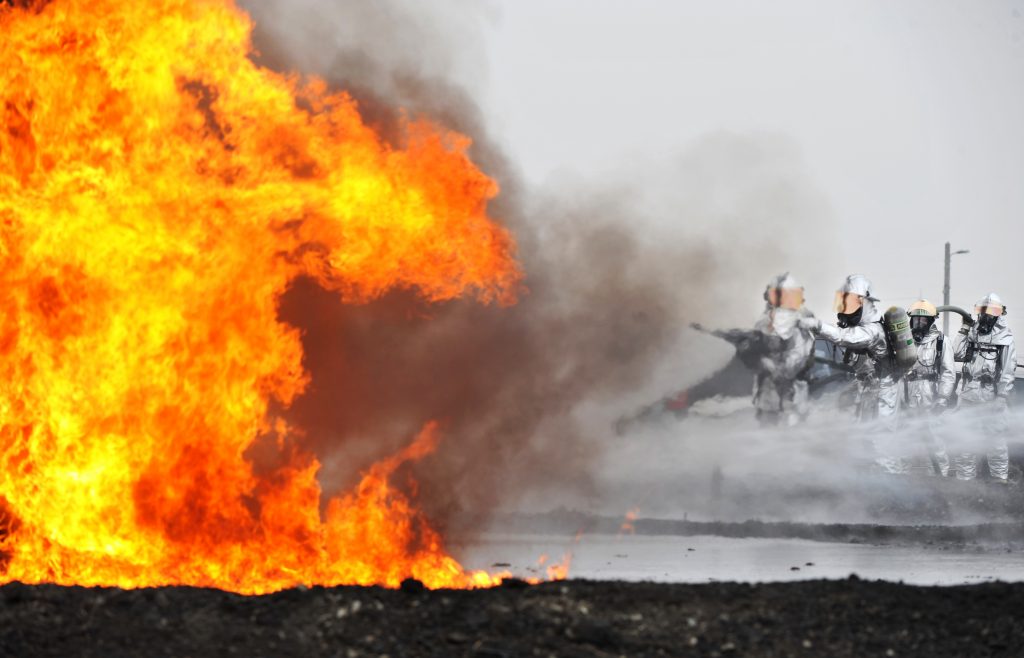
One of the real hazards of an airplane crash is the fire that erupts when the fuel catches on fire. While the impact of the crash can split open the passenger cabin, much more destruction is wrought by fuel that comes from the tanks and then ignites. Between the fire and the smoke, much human life is threatened.
Wonder if we could create a fuel that was resistant to fire? That sounds like an oxymoron, but think about it. If we could get fuel that would burn under pressure in an engine, but be resistant to fire under normal atmospheric conditions that would be a real safety advantage.
NASA and the FAA tested such an idea 33 years ago today.
To be honest, I was unaware of the test when it occurred. Here is what happened. Scientists for NASA and the FAA developed an additive for jet fuel. The additive was called Anti-Misting-Kerosene or AMK. It was designed to be added to regular jet fuel, but allow the fuel to be resistant to post crash fires.
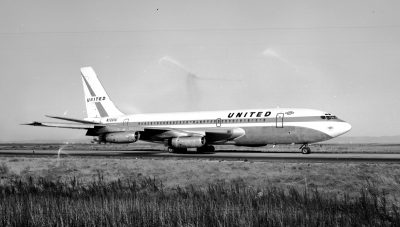
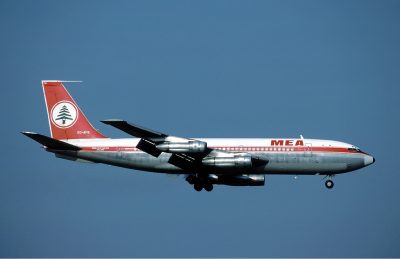
The Boeing 720
NASA had an old Boeing 720 airliner. If you have never heard of a Boeing 720, you are not alone. It was a derivative of their popular Boeing 707, which had launched Boeing to the forefront of civilian airliner travel. The 720 was slightly shorter than the 707 and designed for short to medium range flights. Only around 150 were produced in the late 1950s into the 60s.
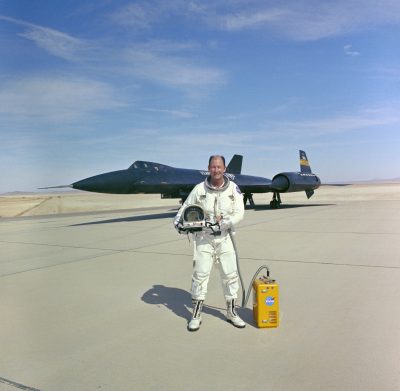
The Boeing 720 was configured to fly remotely by a pilot on the ground. The pilot, in this case, was a man named, Fitzhugh “Fitz” Fulton. Fulton had a distinguished test career including being the chief test pilot of the B-58 Hustler and of early variants of the SR-71 Blackbird. Fulton had 60 flights remotely flying the Boeing 720.
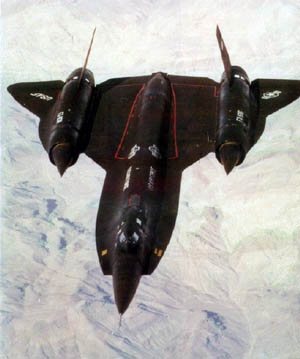

YF-12 (left) and B-58 (right)
The test occurred at Edwards AFB on Rogers Dry Lake Bed. The plane was to come in short of the runway in a shallow descent crash land on the lake bed. There were several barriers set up just past the touchdown point which were designed to rip open the wings and their fuel tanks, while the fuselage remained intact.
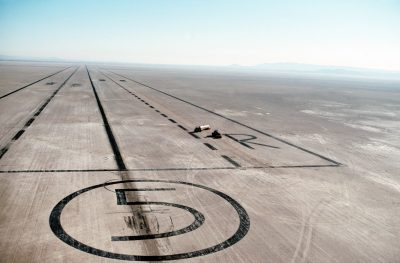
Unfortunately the test went very wrong. The aircraft went into a “Dutch Roll” shortly before touchdown so the wing impacted the ground first. The throttles were not brought to idle and the aircraft burst into flames. The test was a complete failure and as far as I can tell that was the end of the AMK experiment.
You can read more about this test at the following website: https://www.thisdayinaviation.com/ I want to acknowledge Bryan Swopes for his excellent write up of the event.
The lesson to take away for aviators today is always dump fuel, if possible, before crash landing. The fire after the crash is often more deadly than the crash itself.
